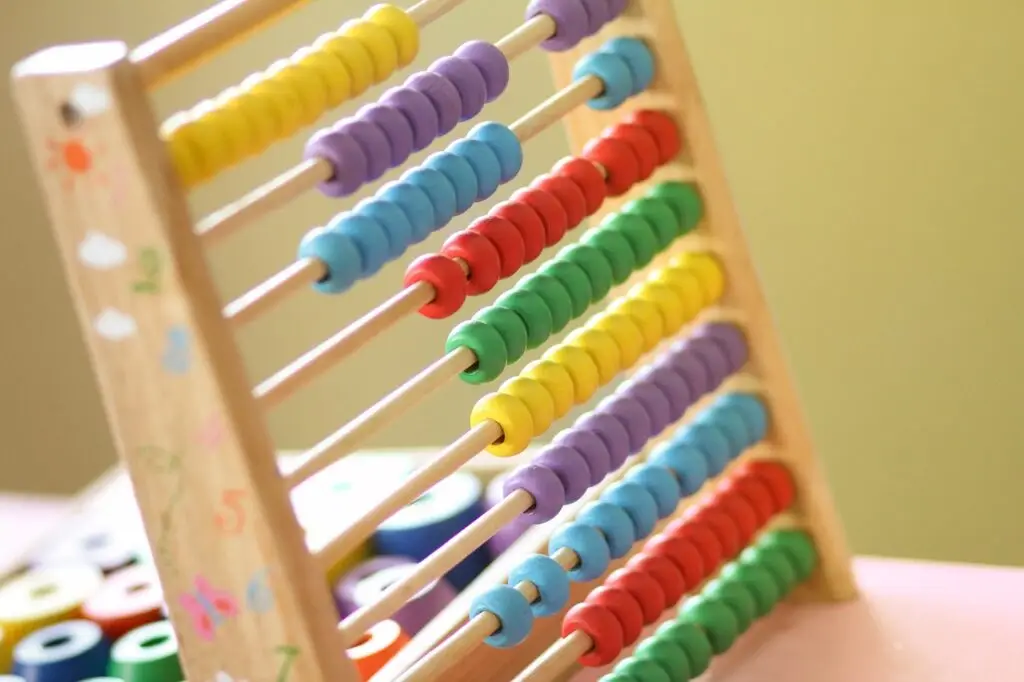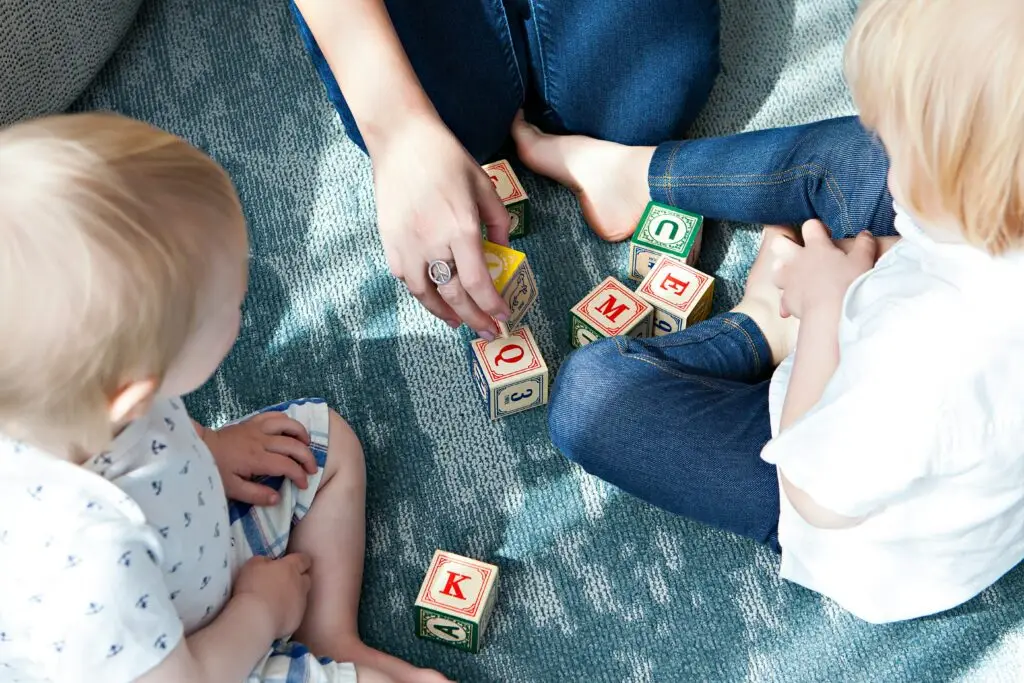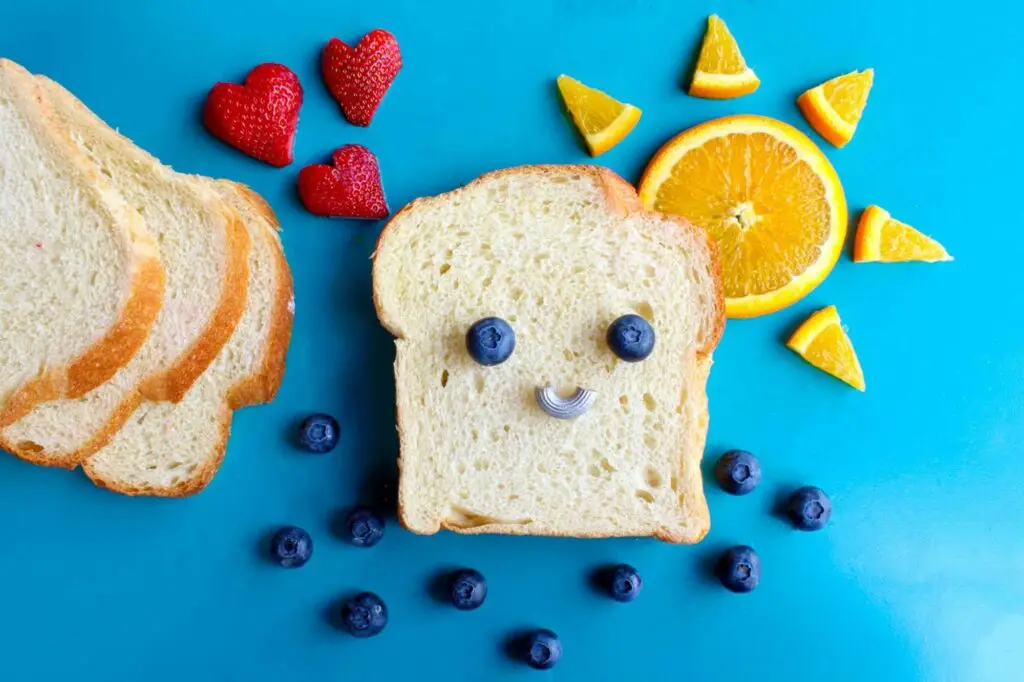How to Introduce Montessori Math Concepts Using Household Items
Montessori math is known for its hands-on, concrete approach to learning numerical concepts. While specialized Montessori materials can be expensive, you can introduce these concepts using everyday items in your home. This article will guide parents through simple, effective ways to teach Montessori math principles using common household objects.

The Importance of Concrete Math in Montessori
Before diving into specific activities, it’s crucial to understand why concrete math experiences are so valuable:
- Tangible learning: Children can physically manipulate objects, making abstract concepts more concrete.
- Multi-sensory approach: Engaging multiple senses helps reinforce learning.
- Building a strong foundation: Concrete experiences create a solid base for more advanced mathematical thinking.
Essential Montessori Math Concepts
- Counting and Number Recognition
Materials needed: Small objects like buttons, pebbles, or dry pasta
Activity: Create number cards from 1-10 using index cards. Have your child place the corresponding number of objects next to each card. This helps associate the numeral with its quantity.
- Place Value
Materials needed: Straws or popsicle sticks, rubber bands
Activity: Bundle straws into groups of tens and leave some single straws. This represents the tens and ones in our number system. For example, 23 would be two bundles of ten and three single straws.
- Addition and Subtraction
Materials needed: Small objects, a divided tray or egg carton
Activity: Use the tray sections to represent addends. Place objects in two sections and combine them in a third to visualize addition. For subtraction, start with a quantity and remove objects to another section.
- Multiplication and Division
Materials needed: Grid paper, small objects
Activity: Create arrays on grid paper using household items. For example, 3 x 4 can be represented by 3 rows of 4 objects. This same array can demonstrate division by separating the objects into equal groups.
- Fractions
Materials needed: Paper plates, markers
Activity: Draw lines on paper plates to represent different fractions (halves, quarters, thirds). Cut some plates and keep others whole for comparison.
- Measurement
Materials needed: Various containers, water or rice
Activity: Explore capacity by filling different containers and comparing volumes. Use terms like “more than,” “less than,” and “equal to.”
- Geometry
Materials needed: Toothpicks, playdough
Activity: Create 2D shapes with toothpicks and 3D shapes with playdough. Discuss properties like sides, vertices, and faces.
- Patterns and Sequences
Materials needed: Colored objects like Lego bricks or beads
Activity: Create simple patterns (AB, ABC, AAB) and ask your child to continue or replicate them.
Tips for Successful Montessori Math at Home
- Follow the child’s interest
Let your child’s curiosity guide the learning process. If they show particular interest in a concept, explore it further.
- Start with the concrete before moving to abstract
Ensure your child has a solid understanding of the physical representation before introducing written numerals or equations.
- Use precise language
Introduce mathematical terms accurately. For instance, use “addend” instead of “plus number.”
- Encourage independence
Set up activities in a way that allows your child to work independently, fostering self-directed learning.
- Make it part of daily life
Incorporate math concepts into everyday activities like cooking, shopping, or sorting laundry.
- Keep it fun and pressure-free
Learning should be enjoyable. If your child becomes frustrated, take a break and return to the activity later.
Progressing Through Math Concepts
As your child grows more comfortable with basic concepts, you can introduce more advanced ideas:
- Skip counting: Use groups of objects to practice counting by 2s, 5s, and 10s.
- Decimal system: Introduce units, tens, hundreds, and thousands using grouped objects.
- Negative numbers: Use a number line made from a rope and clothespins to explore numbers below zero.
.
Introducing Montessori math concepts using household items is an accessible and effective way to build your child’s mathematical foundation. By providing concrete experiences and following your child’s lead, you can foster a love for math and prepare them for more abstract thinking in the future. Remember, the goal is not perfection but exploration and understanding. Embrace the process and enjoy watching your child’s mathematical mind flourish.


